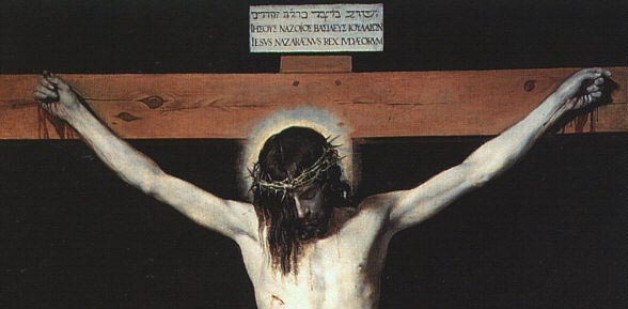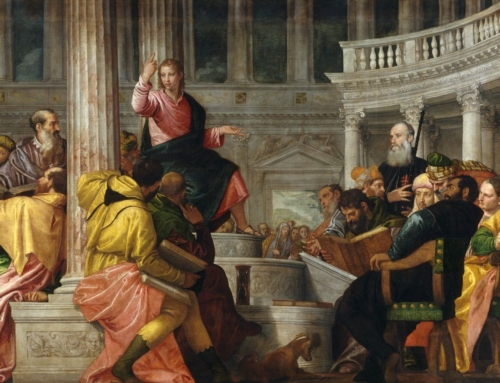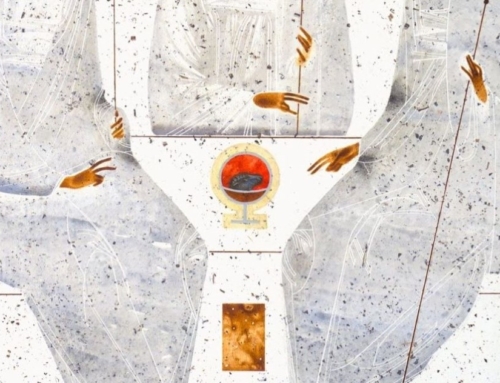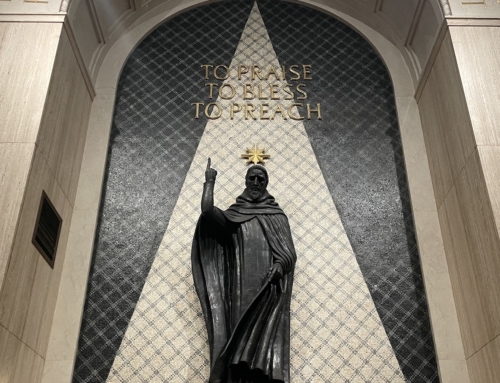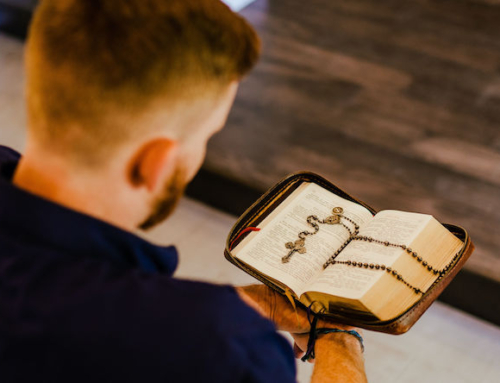It’s a little odd to say that Good Friday is one’s favorite day of the year, and I don’t think that’s exactly what I mean to say. It’s not a day I look forward to months ahead of time. And yet, I can’t imagine what Lent or Easter would be like without it—which makes sense, since Lent and Easter wouldn’t amount to much if Christ had never died. It’s a powerful day, a day that the Church sets apart for contemplating what Christ suffered for our sake.
The Cross is always there. It’s there, above the altar, every time we come to church. But, like so many important things, it can become an afterthought, a mere piece of liturgical furniture, no matter how big it is or how prominently it is placed. In the Good Friday liturgy, however, the Church forces us to focus on the Cross, to face exactly what Christ suffered and why he suffered it.
There are many unique aspects of the Good Friday liturgy: the reading of St. John’s Passion, for example, or the solemn prayers of intercession. But the part that is most striking to me is the Adoration of the Holy Cross. Having just listened to how this ancient torture device was used to humiliate and execute our Lord and Savior, we come forward, not just to look at or acknowledge it, but to adore it. We humble ourselves before it and give thanks for the suffering Christ endured for our sake.
While this has always been a very powerful experience for me, it became even more so last year in the Novitiate. During the Good Friday liturgy, the entire Dominican community joined in a most profound gesture of reverence and humility. After the celebrant processed down the main aisle of the church and the crucifix had been completely unveiled, it was held for adoration at the entrance to the sanctuary. The celebrant then returned to the back of the church, removed his shoes, and processed toward the crucifix. Along the way, he stopped three times: first to kneel, then to kneel and bow to the ground, and finally to prostrate himself fully right in front of the crucifix. Rising, he kissed the crucifix, and then each member of the Dominican community followed, doing just as he had done. Just watching the celebrant was very moving, but lying prostrate before the Holy Cross was profound.
After making my prostration, I was charged with helping to hold the crucifix while all the parishioners came forward. One by one they came, men and women, young and old, each coming face to face, in their own way, with the horrible tragedy that won us our salvation. There was much time for prayer and reflection, as well as for admiring the devotion of those parishioners.
Of course, the Good Friday liturgy does not end with the Adoration of the Holy Cross. Knowing that without God’s grace we cannot seek his mercy or face the reality of Christ’s Passion, the Church follows the adoration with the distribution of the Most Holy Eucharist, to strengthen us in our sorrow and contrition. The Sacrament also reminds us of the great victory that we are to celebrate in just a short while and emboldens us to press on to the promise of Easter.
I won’t say that Good Friday is my favorite day, but it is an important day, an emotional day, a profound day. Despite the deep sense of sorrow and shame that comes with it, and the lack of presents, fireworks, or laughter, there is no doubt that it is, truly, a good day.
✠
Image: Velázquez, Christ on the Cross

